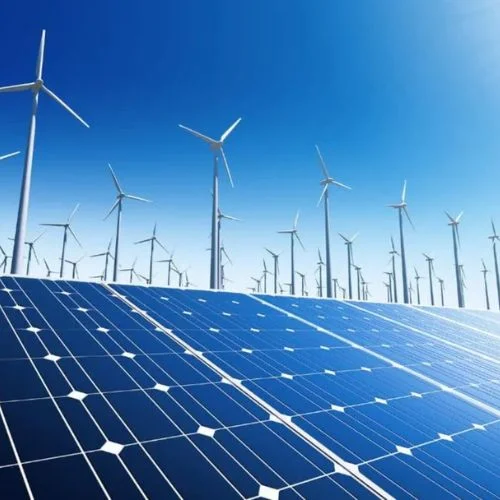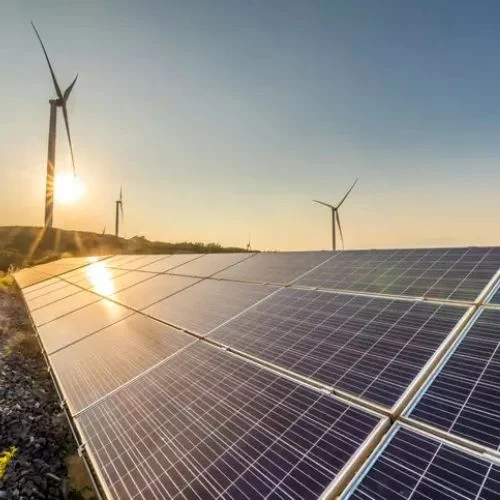Standards for environmentally friendly hydrogen generation in the nation have been released by the ministry of new and renewable energy.
Green hydrogen is described by the ministry as hydrogen produced using sustainable energy sources, such as electrolysis or biomass conversion. Green energy that has been stored in energy storage systems is also included in the definition.
Additionally, the government has mandated that for every kilogramme of hydrogen generated, carbon emissions must not exceed two kilograms of carbon dioxide equivalent.
It further said that the Ministry of New and Renewable Energy should specify a precise methodology for measuring, reporting, monitoring, onsite verification, and certification of green hydrogen and its derivatives.
In the case of production through electrolysis, “the non-biogenic greenhouse gas emissions arising from water treatment, electrolysis, gas purification and drying and compression of hydrogen shall not be greater than 2 kilogram of carbon dioxide equivalent per kilogram of hydrogen (kg CO2 eq/kg Hydrogen), taken as an average over last 12-month period,” it said.
The central body for accrediting organisations for initiatives involving the production of green hydrogen will be the Bureau of Energy Efficiency.
Aiming to create 5 million tonnes of green hydrogen yearly and establish India as a centre for green hydrogen production, the Union cabinet of this year approved the National Green Hydrogen Mission.
Additionally, the government has developed incentive programmes to promote the creation of green hydrogen and electrolyzer manufacturing. According to a June announcement, of the Rs.17,490 crores budgeted for the Strategic Interventions for Green Hydrogen Transition Programme, Rs. 13,050 crore would go towards encouraging the generation of green hydrogen and another Rs. 4,440 crore would be used to produce electrolyzers.















